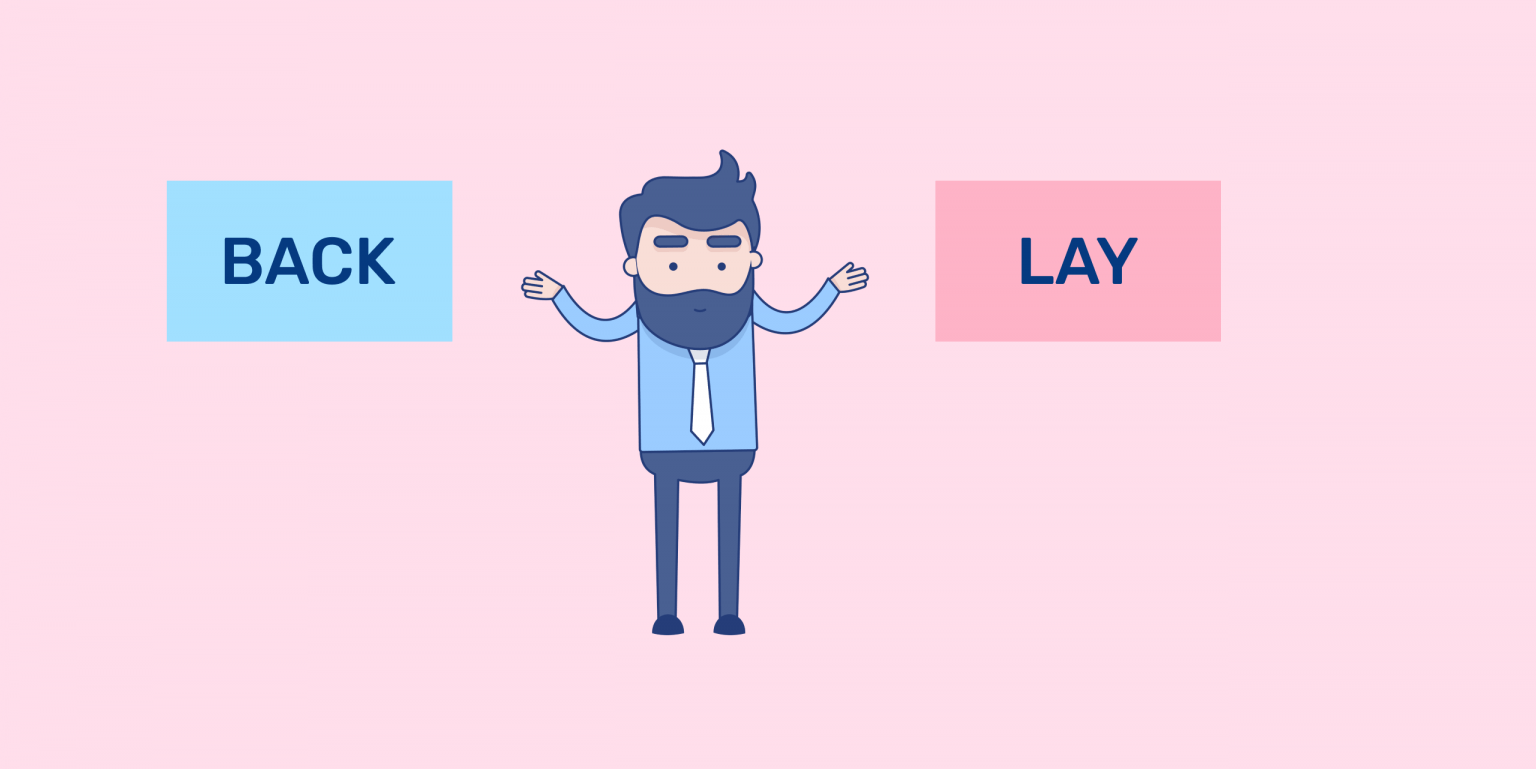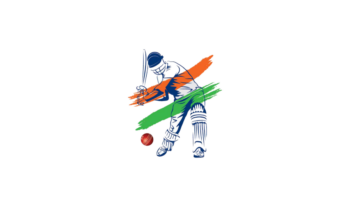If you’ve ever peeked into a betting exchange like Betfair and wondered why you’re suddenly choosing between “back” and “lay” instead of just picking a winner—you’re not alone. It’s like switching from playing checkers to 3D chess.
Let’s decode back and lay betting in cricket, minus the jargon and with zero duck outs.
🟢 What Is a “Back” Bet in Cricket?
A back bet is the classic bet you’re probably already familiar with. You’re simply betting for something to happen.
In cricket, this could mean:
- Backing India to win a Test match outright
- Backing Jos Buttler to score 50+ runs against Australia
- Backing a specific total to be over a certain number of runs
If your prediction comes true—you win. Easy.
Example:
You back Australia to beat England at odds of 2.50.
- If Australia wins: You win $150 on a $100 stake.
- If they lose or draw: You lose your $100 stake.
🔴 What Is a “Lay” Bet in Cricket?
Now we’re getting spicy.
A lay bet is where you bet against something happening. You’re acting as the bookmaker.
You’re basically saying: “I don’t think this will happen, and I’m willing to bet against it.”
In cricket, you might lay:
- India to win (you’re betting they won’t)
- A batter to hit a century (you’re betting they won’t)
- A match to go over 300 runs (you’re betting it won’t)
If the outcome you lay doesn’t happen, you win.
If it does—you lose and pay out the backer.
Example:
You lay England at odds of 3.00 for $100.
- If England doesn’t win (they lose or draw): You win $100.
- If they win: You pay out $200 (your liability).
🏦 Where Does This Happen? Betting Exchanges
Unlike traditional sportsbooks, betting exchanges (like Betfair or Smarkets) let you bet against other players—not the house. That’s what allows lay betting.
You’ll often see both back and lay odds displayed side by side, and you can switch roles anytime—one minute you’re the punter, the next you’re the bookie.
🔁 Can You Back and Lay the Same Outcome?
Yes! And this is where the real magic (and profit potential) begins.
This strategy is called trading. You back at high odds and lay at lower odds (or vice versa) to lock in profits or cut losses during the game—kind of like day-trading cricket.
Example Scenario:
- You back Pakistan to win at odds of 3.0 before the match.
- They start well, and the odds drop to 2.0.
- You lay them at 2.0 to guarantee profit regardless of the result.
Boom. That’s how betting pros work the exchange.
📊 Summary Table
| Term | Meaning | You Win If… | You Lose If… |
|---|---|---|---|
| Back | Bet for something to happen | The outcome happens | It doesn’t |
| Lay | Bet against something happening | The outcome doesn’t happen | It happens |
🧠 Final Thoughts: Backing the Basics, Laying the Groundwork
So, what is back and lay in cricket betting?
It’s your ticket to a smarter, more flexible way of betting—where you can hedge, trade, and even play bookie.
Use back bets when you believe in a win.
Use lay bets when you spot overhyped odds.
And use both when you want to trade your way to profit before the final ball is even bowled.













Your review has been sent for moderation